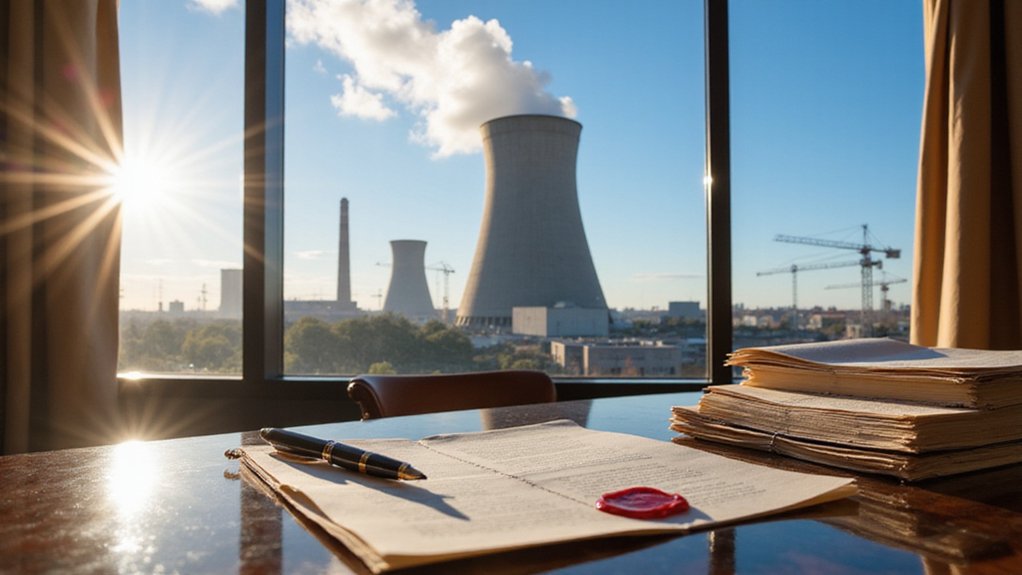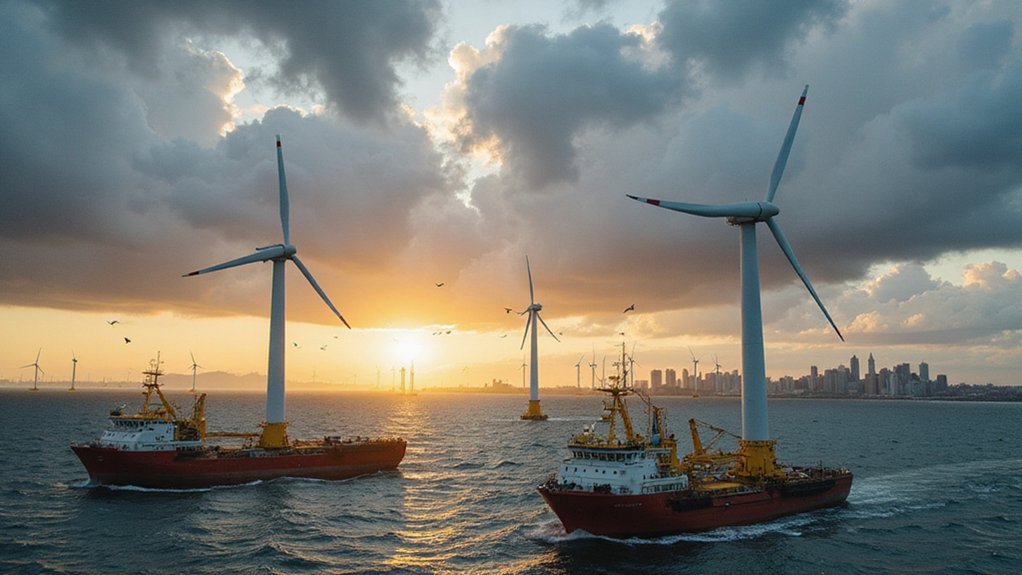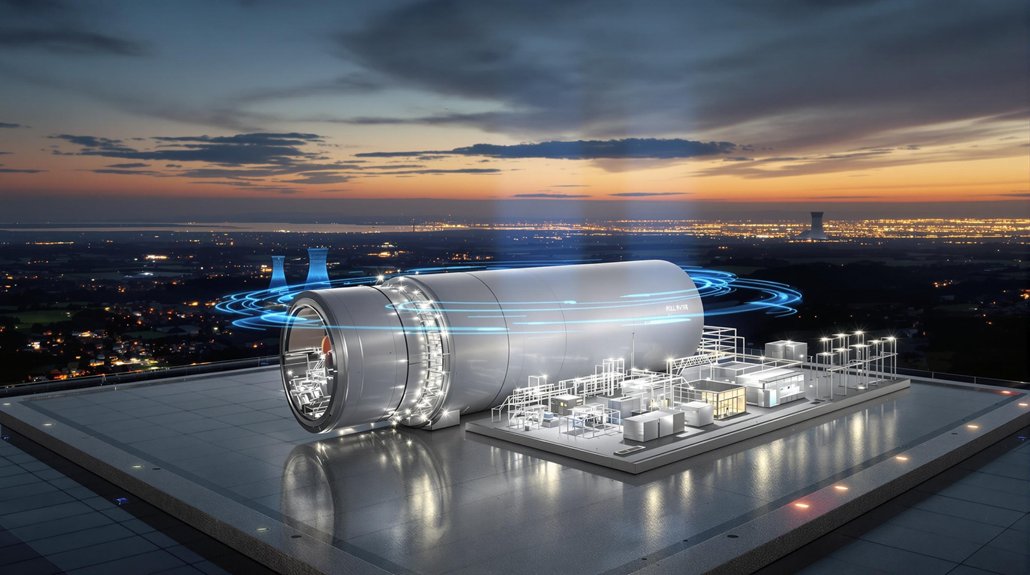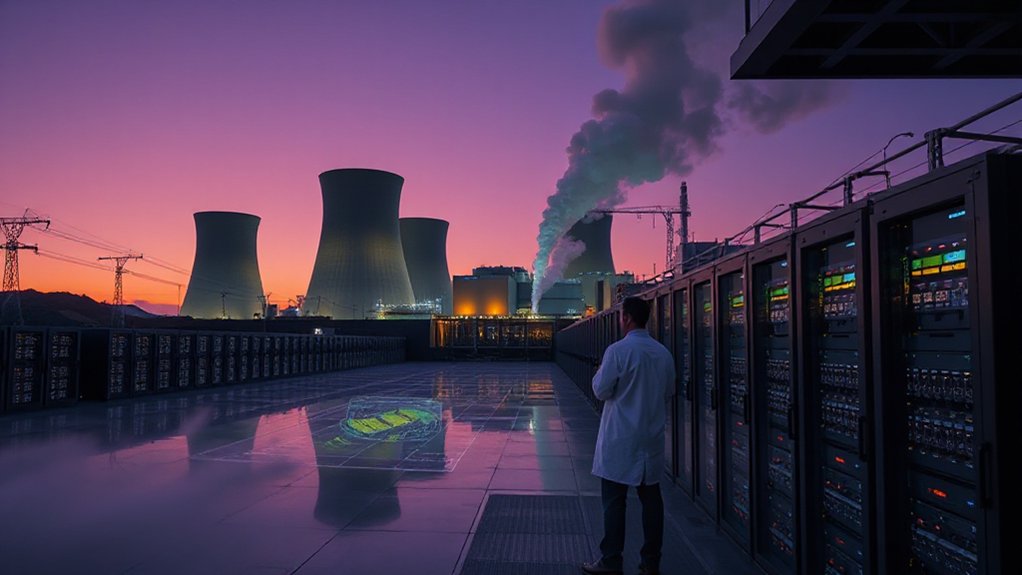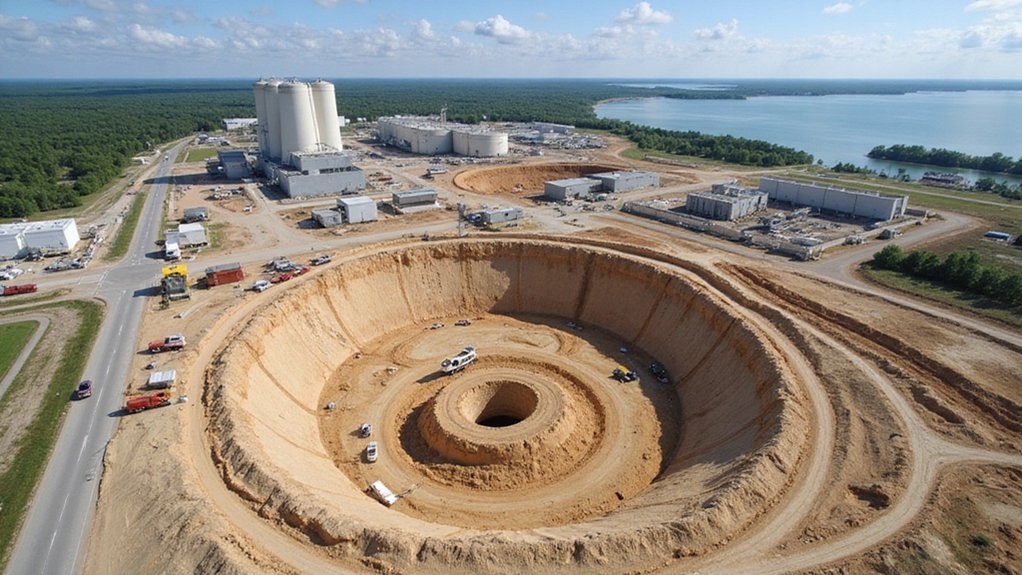A wave of executive orders aimed at nuclear energy is coming from the White House. President Trump plans to sign these orders on Friday to boost America’s nuclear power industry. The orders will make it easier for companies to build nuclear reactors by reducing regulations and strengthening supply chains.
The administration talked with major industry players like the Nuclear Energy Institute and Constellation before creating these orders. They’re especially focused on reforming the Nuclear Regulatory Commission. The goal is to speed up how quickly the NRC approves new reactor projects. This reform comes at a time when carbon capture technology remains critical for meeting climate targets despite inconsistent funding.
One key order includes a “sunset rule” that affects energy regulations. Under this rule, regulations from agencies like the Department of Energy, FERC, and the Nuclear Regulatory Commission must expire within five years unless they’re extended. All covered regulations need sunset provisions by September 30, 2025. Some can get extensions until 2026. Once a regulation expires, agencies can’t enforce it and must remove it from the books. The only exception is if the Office of Management and Budget Director decides a regulation actually reduces red tape.
Energy regulations must expire within five years unless extended, with sunset provisions required by September 2025.
These changes come as the US tries to keep up with China’s rapid nuclear growth. While America has the world’s largest nuclear power capacity, China’s building new reactors much faster. Nuclear energy has support from both political parties because it doesn’t produce carbon emissions and provides reliable power. However, the US still hasn’t solved the problem of where to permanently store radioactive waste.
There’s a potential conflict in the administration’s approach. While the executive orders aim to grow the nuclear industry, the White House also wants to cut $408 million from the Office of Nuclear Energy’s budget next year. This reduction could affect nuclear research, safety programs, and technology development. US Energy Secretary Chris Wright confirmed the announcement of these executive orders to industry stakeholders.
The orders represent a major shift in how the federal government handles nuclear power. By streamlining permits and licenses, officials hope to attract more private investment in nuclear projects. They see nuclear as a stable energy source that works well alongside wind and solar power. Despite these goals, the sweeping regulatory changes create significant uncertainty for developers who depend on stable regulatory frameworks for long-term project planning.
These changes are part of broader efforts to deregulate America’s energy sector.
References
- https://thebulletin.org/2025/05/trumps-wins-on-nuclear-power-are-losses-for-taxpayers-and-public-safety/
- https://www.whitehouse.gov/presidential-actions/2025/04/protecting-american-energy-from-state-overreach/
- https://www.jpost.com/breaking-news/article-855207
- https://www.mayerbrown.com/en/insights/publications/2025/05/unleashing-american-energy-deregulatory-executive-orders
- https://www.arabnews.com/node/2601802
